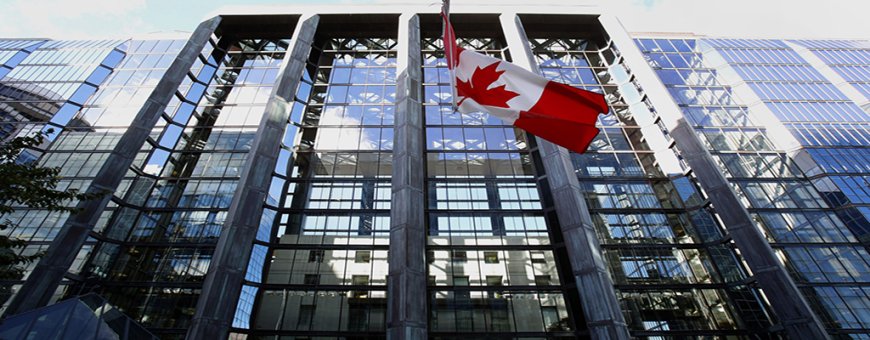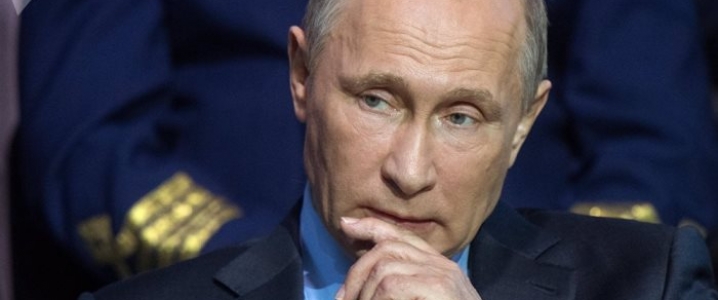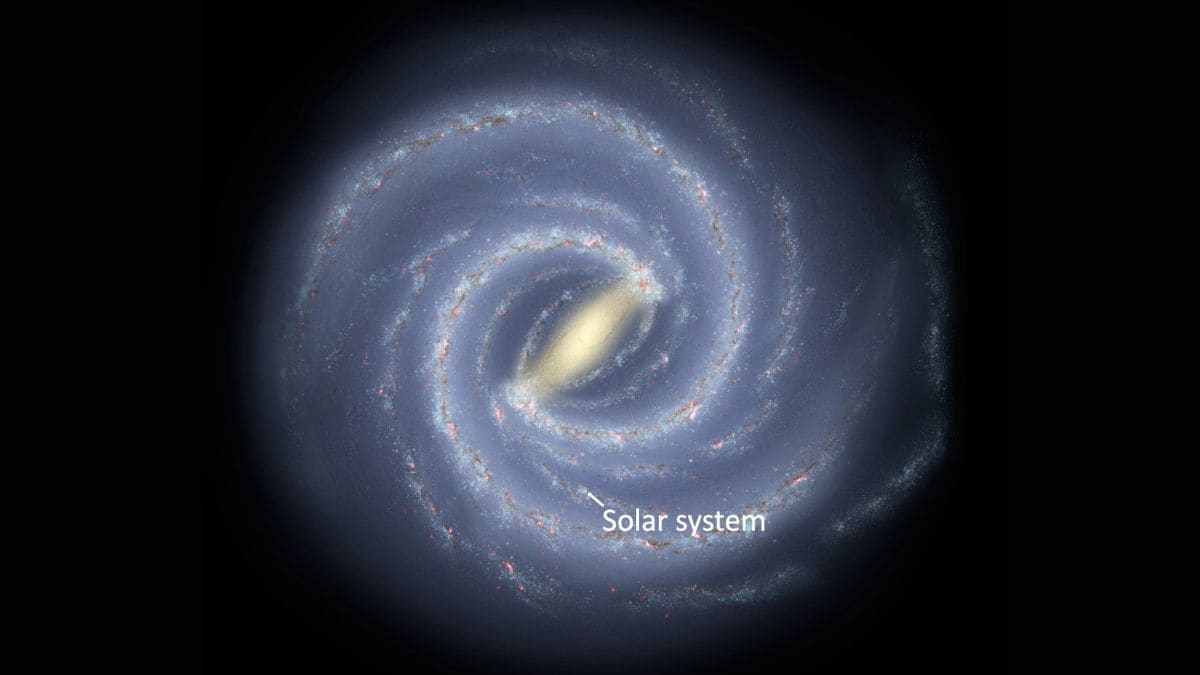Canada’s Rising Inflation Puts Interest Rate Cuts In Doubt

Rising inflation across Canada has complicated the economic outlook and put future interest rate cuts in doubt, say economists.
Statistics Canada has reported that Canada’s inflation rate in April fell to 1.7% from 2.3% in March. However, that decline was due entirely to energy prices.
Specifically, the end of the consumer carbon price at the start of April helped to send gas prices down 18.1% year-over-year in April. Natural gas prices also saw double-digit declines.
Strip out energy from the Consumer Price Index (CPI) and inflation across Canada rose to 2.9% in April, up from 2.5% in March.
Core inflation, which removes both food and energy prices, topped 3% during April.
Economists and market watchers say that the April inflation data is likely to keep the Bank of Canada on the sidelines when it next decides on interest rates June 4.
Canada’s central bank held its trendsetting overnight interest rate at 2.75% last month, saying that it needed time to assess the impacts of Canada’s trade war with the neighbouring U.S.
Futures traders are now placing the odds of an interest rate cut in June at about 35%, down from 64% a week ago.
While inflation is rising, Canada’s labour market is weakening, with Statistics Canada recently reporting that the national unemployment rate rose to 6.9% in April.
The Bank of Canada typically raises interest rates to lower inflation and cuts them to stimulate the economy and boost employment.
Situations where inflation rises while the economy stagnates is known as “stagflation” and is widely seen as a worst-case scenario for central banks.
There hasn’t been widespread stagflation across Canada since the early 1980s. However, many economists say that it could re-emerge in the wake of import tariffs and ongoing trade wars.









































